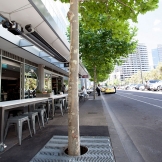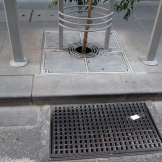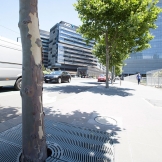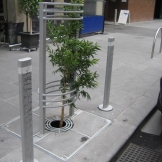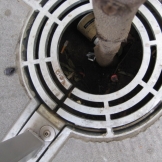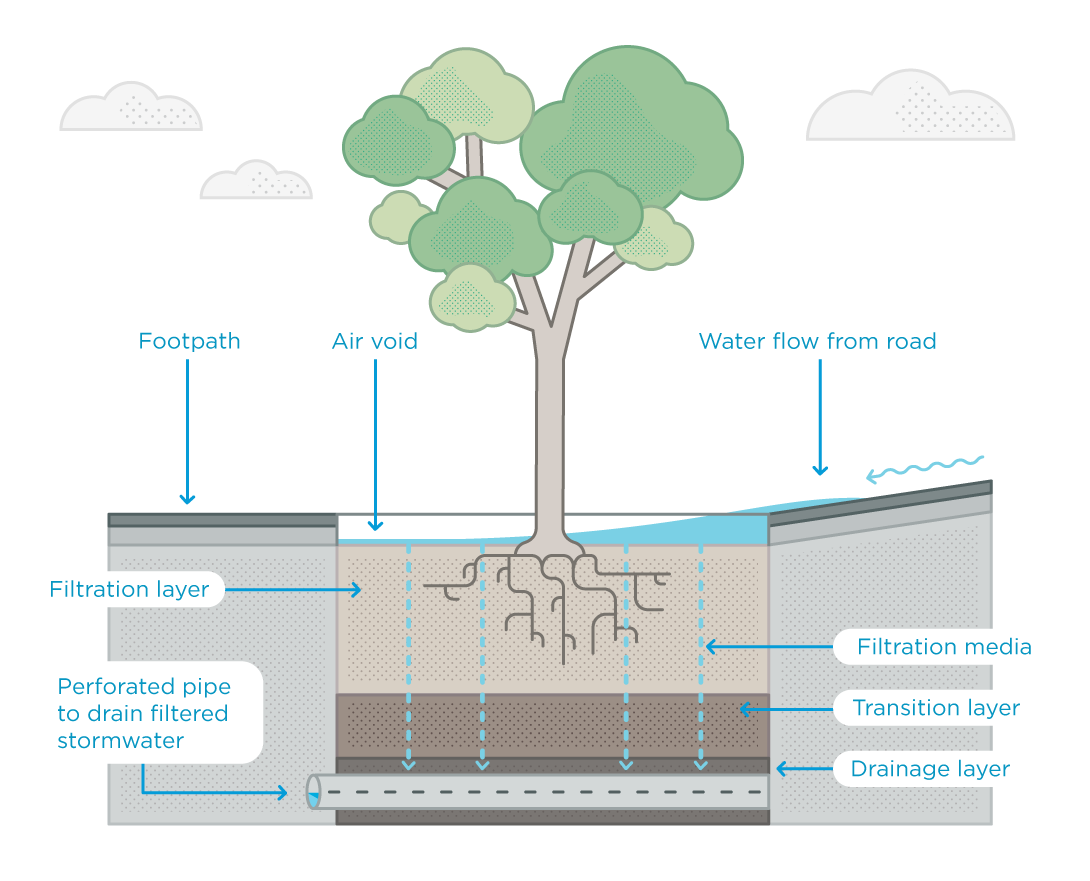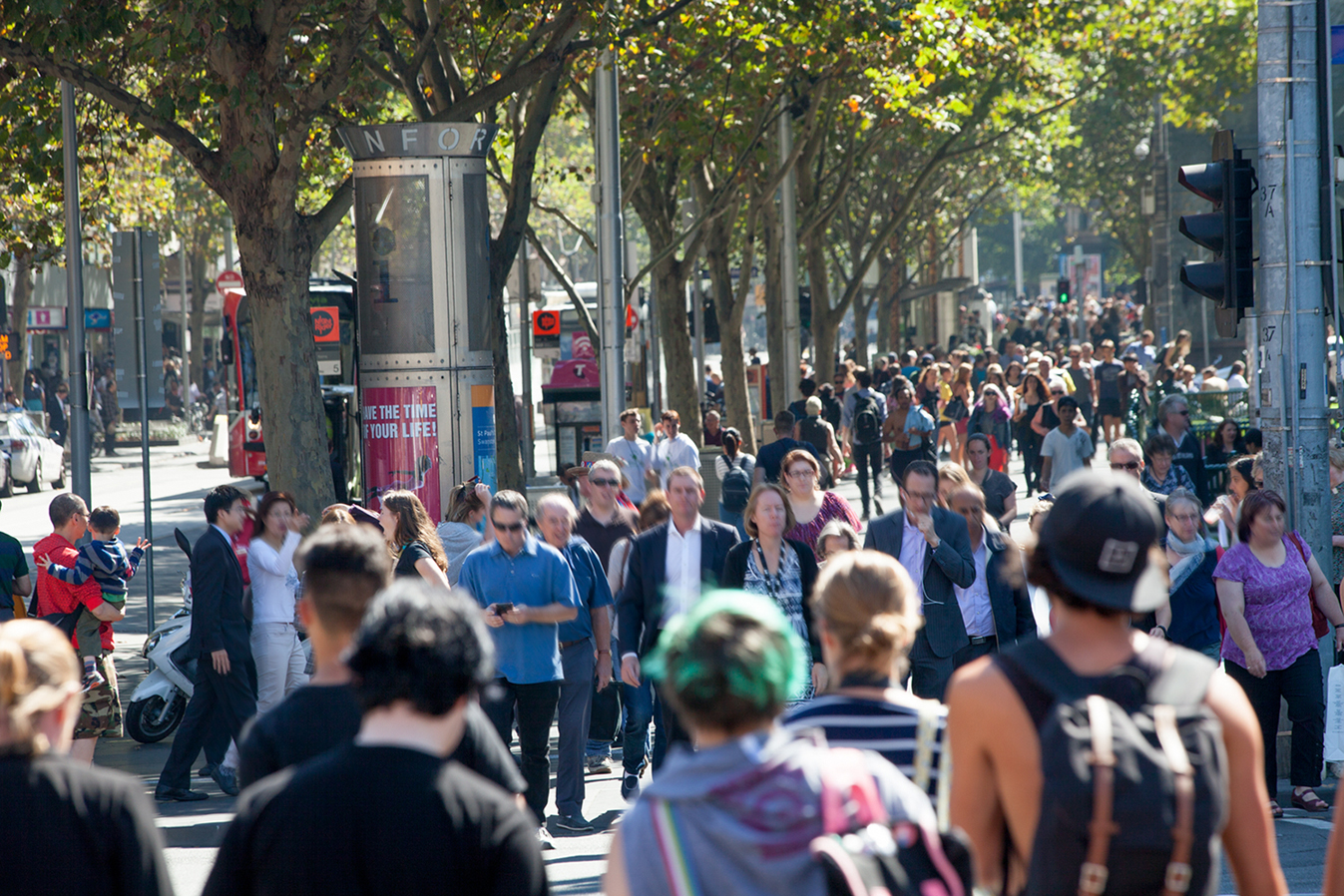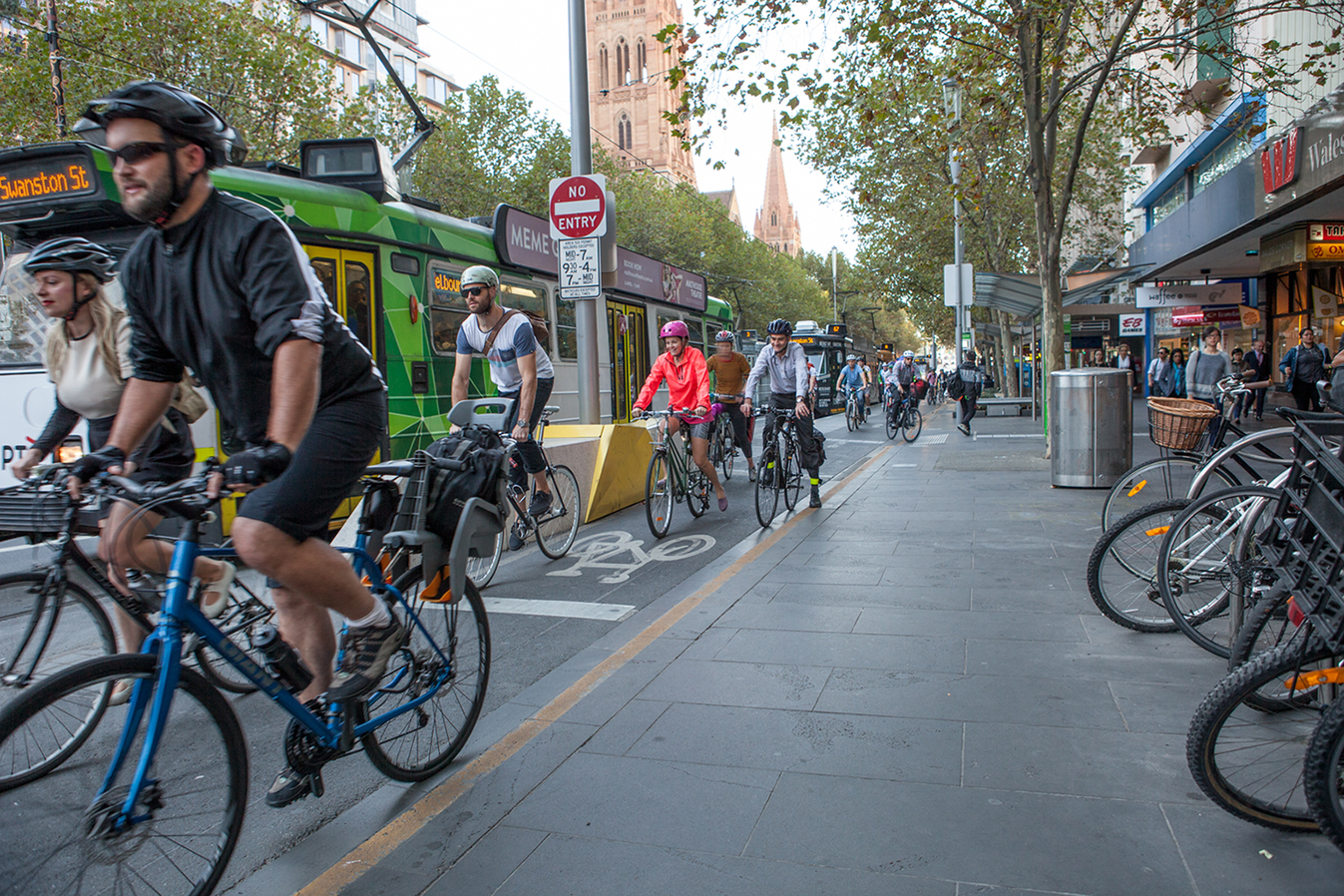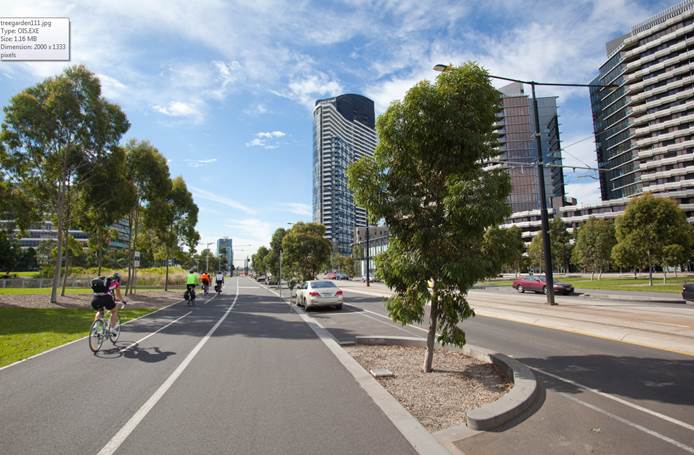Raingarden tree pit program
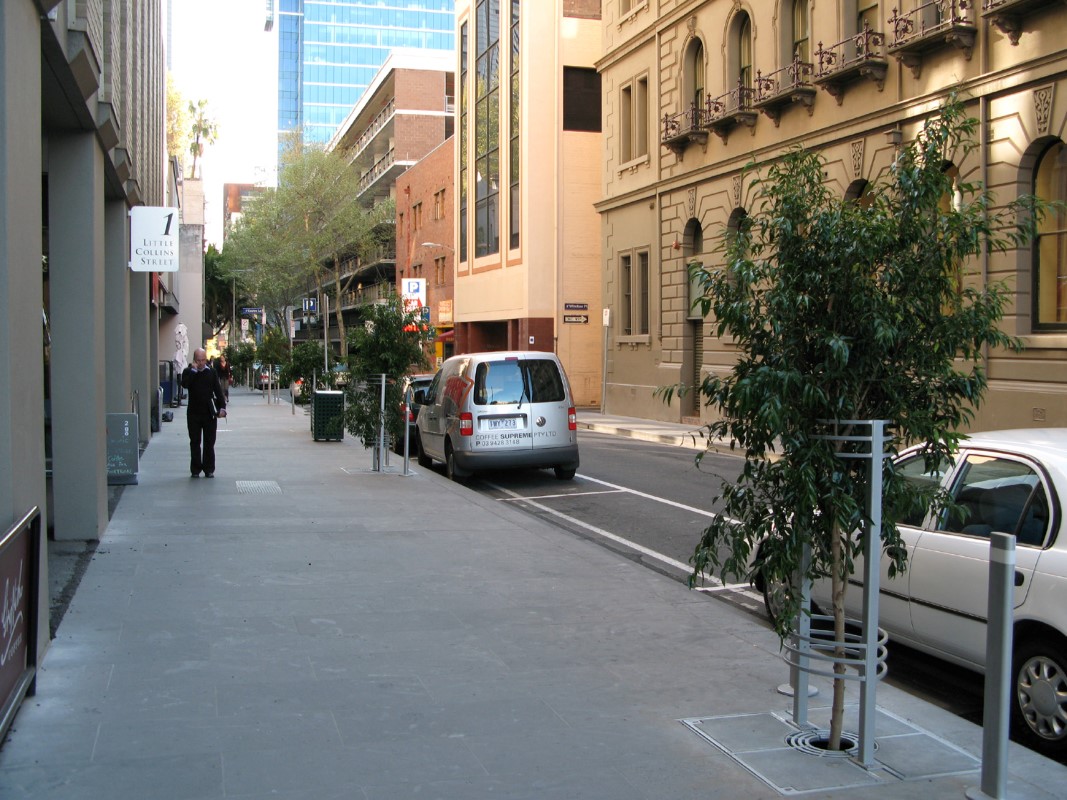
Raingarden tree pits are specially designed tree planting systems that remove pollution from stormwater before it enters the waterways.
The tree pits are positioned adjacent to the road. They intercept stormwater runoff that would otherwise flow directly into the stormwater drains. This stops pollution and litter from entering our rivers and bays.
We began installing raingarden tree pits in Melbourne in 2006. The tree pits are suitable for our central city because they do not take up much space and can be designed for any streetscape.
In addition to cleaning the water, tree pits also provide passive irrigation for the tree, reducing the need for manual watering.
The City of Melbourne has installed over 200 raingarden tree pits across the city and the program is ongoing.
What benefits has the raingarden tree pit program provided?
- Removed pollution and litter from stormwater before it reaches the Yarra River.
- Allowed better tree growth, which cools the city with shade and evapotranspiration.
- Improved amenity and liveability.
- Reduced the amount of water needed to support a healthy urban forest.



